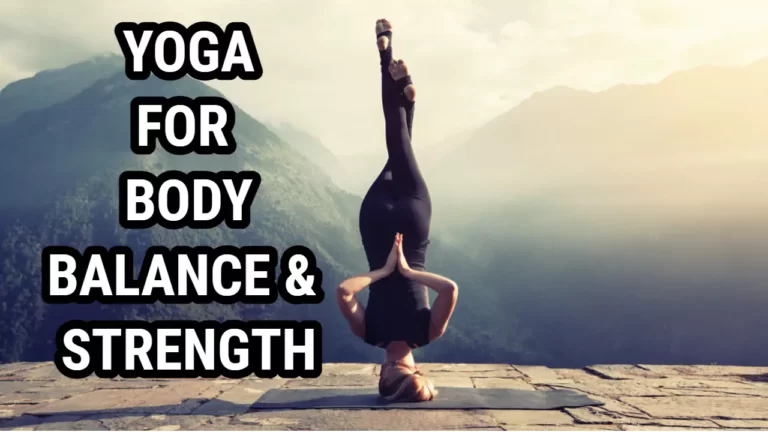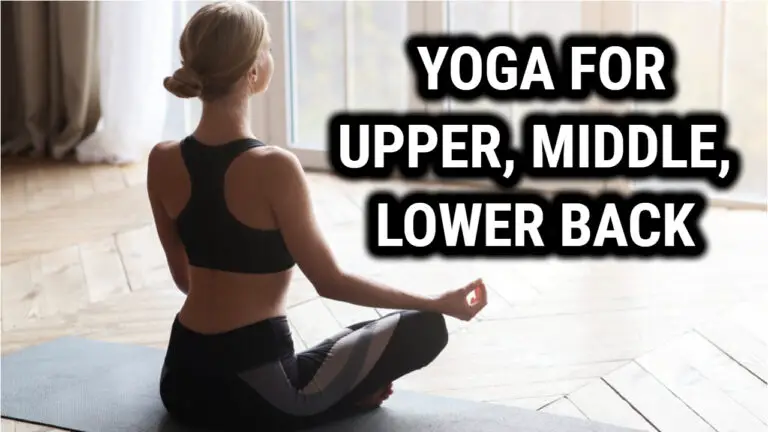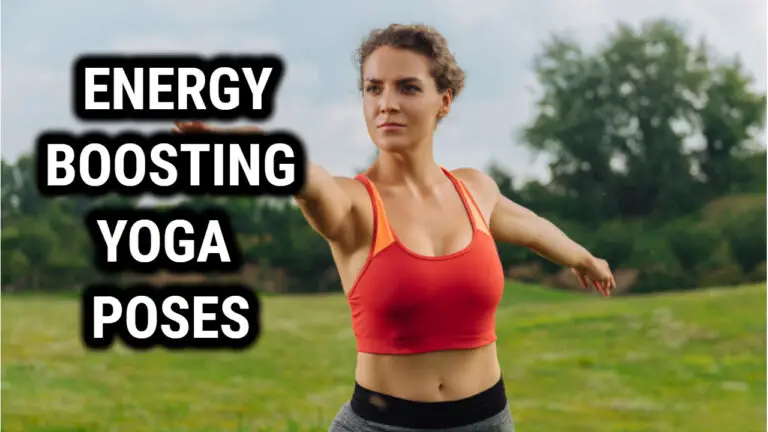Warrior 3 Yoga Pose Benefits: Find Your Inner Strength and Balance

Warrior 3 yoga pose, also known as Virabhadrasana III, is an advanced balancing pose that requires strength, balance, and flexibility. It is named after the warrior god Virabhadra, and is often used in yoga classes as a way to challenge balance and build strength.
In this pose, the body is supported on one leg while the other leg is extended straight behind the body. The arms are extended straight out in front of the body, parallel to the ground, and the chest is lifted and open. The pose requires a strong foundation through the standing leg and core, as well as flexibility in the hip and spine.
Warrior 3 pose can be physically demanding and may be challenging for beginners or those with limited flexibility. However, with practice, this pose can offer a wide range of physical and mental benefits.
Physical Benefits of Warrior 3 Pose
1. Improved Balance and Stability
One of the major benefits of Warrior 3 pose is the improvement in balance and stability. As the body is supported on one leg and the other leg is extended straight behind, the pose requires a strong foundation through the standing leg and core.
2. Strengthened Leg and Core Muscles
In addition to improving balance and stability, Warrior 3 pose also helps to strengthen the leg and core muscles. The standing leg must engage and support the weight of the body, while the extended leg and lifted chest require core strength to maintain proper alignment. Regular practice of this pose can help to tone and strengthen these muscles.
3. Increased Flexibility in the Hips and Spine
Warrior 3 pose also offers the benefit of increased flexibility in the hips and spine. As the extended leg and lifted chest stretch the muscles in the back and hips, regular practice of this pose can help to increase flexibility in these areas.
4. Improved Posture
Another physical benefit of Warrior 3 pose is improved posture. The extended arms and lifted chest encourage proper alignment in the spine and shoulders, helping to improve overall posture. This can be especially beneficial for those who spend a lot of time sitting or have poor posture habits.
5. Improved Cardiovascular Endurance
Warrior 3 pose can also improve cardiovascular endurance. As the pose requires both strength and balance, it can raise the heart rate and provide a cardiovascular challenge. This can be especially helpful for those looking to improve their endurance or cardiovascular fitness.
6. Increased Strength in the Ankles and Feet
This yoga pose helps to increase strength in the ankles and feet. The standing leg must engage and support the weight of the body, which can help to strengthen the muscles in the ankles and feet. This can be beneficial for those who participate in activities that require strong ankles and feet, such as running or dancing.
7. Improved Coordination and Proprioception
The balance and stability required in Warrior 3 pose can also improve coordination and proprioception (the awareness of one’s body in space). As the body must maintain balance on one leg while the other leg is extended, the brain must work to coordinate movement and maintain proper alignment. This can improve overall coordination and body awareness.
Contraindications and Precautions for Warrior 3 Pose
Injuries or Conditions that May Limit or Prevent the Practice of Warrior 3 Pose
There are certain injuries or conditions that may limit or prevent the practice of Warrior 3 pose. These may include:
- Lower back injuries or conditions such as sciatica or herniated discs
- Knee injuries or conditions such as patellofemoral pain syndrome or meniscal tears
- Ankle injuries or conditions such as sprains or fractures
If you have any of these injuries or conditions, it is important to consult before attempting Warrior 3 pose. They can advise you on whether it is safe for you to practice this pose and may recommend modifications or alternatives.
Importance of Proper Alignment and Form to Avoid Injury
Proper alignment and form are important in any yoga pose, and Warrior 3 pose is no exception. It is important to maintain proper alignment in the hips, spine, and shoulders to avoid injury.
If you are new to this pose or have limited flexibility, it may be helpful to start with modifications or variations until you feel more comfortable and confident in the pose. It is also important to listen to your body and stop if you feel any pain or discomfort.
If you are unsure of proper alignment or form in Warrior 3 pose, it is a good idea to seek guidance from a qualified yoga instructor. They can help you to understand the proper alignment and form for the pose and can offer modifications or variations as needed.
How To Practice Warrior 3 Pose
Step-by-Step Instructions on Proper Alignment and Form
- Begin in a standing position with your feet hip-width apart and your arms at your sides.
- Shift your weight onto your left leg and lift your right leg off the ground, extending it straight behind you.
- Lift your arms straight out in front of you, parallel to the ground.
- Engage your core and lift your chest, keeping your shoulders and hips square to the front of the room.
- Hold the pose for a few breaths, then slowly lower your arms and right leg back to the starting position.
- Repeat on the other side, shifting your weight onto your right leg and lifting your left leg off the ground.
Related Read: Benefits Of The Bow Pose (Dhanurasana)
Modifications and Variations for Beginners or Those with Limited Flexibility
If you are new to Warrior 3 pose or have limited flexibility, there are several modifications and variations that can make the pose more accessible. Some options include:
Using a block or wall for support: Place a block or the wall in front of you and rest your hands on it while you hold the pose. This can work in improving balance and stability.
Modifying the position of the lifted leg: Instead of extending the lifted leg straight behind you, you can bend the knee and bring the foot closer to the standing leg. This can help to reduce the stretch in the hip and make the pose more comfortable.
Using a strap: Place a strap around the lifted foot and hold onto the ends of the strap while you hold the pose. This can help to maintain proper alignment and reduce strain on the muscles.
FAQs for Warrior 3 Yoga Pose
Is Warrior 3 pose suitable for beginners?
Warrior 3 pose is generally considered an advanced pose and may be challenging for beginners or those with limited flexibility. However, there are modifications and variations that can make the pose more accessible for beginners.
What muscles does Warrior 3 pose work?
Warrior 3 pose works a variety of muscles, including the leg muscles (such as the quadriceps, hamstrings, and calves), the core muscles (such as the abs, obliques, and lower back muscles), and the hip muscles (such as the glutes and hip flexors).
Can Warrior 3 pose improve balance and stability?
Yes, Warrior 3 pose can help to improve balance and stability. As the body is supported on one leg and the other leg is extended straight behind, the pose requires a strong foundation through the standing leg and core.
Is Warrior 3 pose safe for those with lower back injuries or conditions?
It is important to consult with a medical professional before attempting Warrior 3 pose if you have a lower back injury or condition. Certain injuries or conditions, such as sciatica or herniated discs, may limit or prevent the practice of this pose. A medical professional can advise you on whether it is safe for you to practice Warrior 3 pose and may recommend modifications or alternatives.
How often should I practice Warrior 3 pose?
One can perform this everyday. If you are new to this pose or have limited flexibility, it may be helpful to start with shorter holds and gradually increase the duration as you become more comfortable and confident in the pose.
Do Read: Best Cork Yoga Mat Benefits
Conclusion
Warrior 3 pose is an advanced balancing pose that requires strength, balance, and flexibility. It offers a wide range of physical and mental benefits, including improved balance and stability, strengthened leg and core muscles, increased flexibility in the hips and spine, improved posture, improved focus and concentration, increased sense of calm and relaxation, and improved stress management.
Even as Warrior 3 pose can be physically demanding and difficult for beginners or those with limited flexibility, it can be a useful addition to a regular yoga practice.





